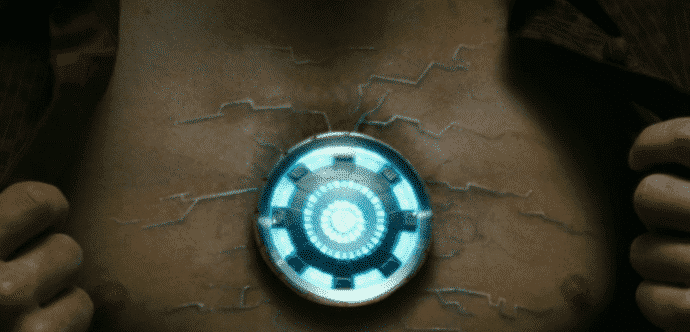Shocking! Government researchers tried to build a nuclear powered artificial heart in 1967
Every year more than 600,000 individuals die due to coronary heart illness, which is the primary killer within the US. However, it has been a little difficult to design a long-term replacement for this important organ in a society that is inundated with broken, ailing hearts.
In 1967, researchers believed that they had the right solution to the problem: a mechanical coronary heart fuelled by radioactive decay. Yes, an atomic coronary heart.
Two separate government-funded teams of researchers, the National Heart Institute (NHI) and the Atomic Energy Agency (AEC) for a decade have been pursuing the dream of designing a nuclear-powered heart. They stated that this was the only feasible solution for substituting diseased hearts.
While the other power source for artificial hearts was conventional batteries, but these had some very huge limitations. Firstly, they overheated and then they needed daily recharging. Even after this, they wore out after two years of service.
In comparison, patients could get as many as ten years with this nuclear-powered approach and keep them tension free of connecting to outside power sources.
The nuclear hearts were power-driven by plutonium-238, an element that releases close to a century’s worth of stable heat due to its natural radioactive decay. The element has been used to power space satellites and navigation beacons. According to Popular Science, it powered the New Horizons spacecraft to Pluto, it drives the Mars rover Curiosity across Martian terrain, and it thrusts the Voyager probe into deep space.
While the two teams alleged that they could connect this energy to pump blood through the human body, they still faced many technological challenges.
They were required to make a mechanical pump that the human body wouldn’t discard. They also wanted to include a safe and effective engine to power the pump by changing the heat to energy.
The NHI and AEC bumped heads about the best way to carry out the research.
According to the Atlantic, NHI for its part wanted to design a partial artificial heart which would help a still-beating diseased heart in two stages: a nonatomic pump system would be built first, followed by a nuclear-powered engine.
On the other hand, the AEC wanted to develop an integrated, atomic pump and engine that would totally substitute the diseased heart for the long-term.
After being in development for five years, both hearts had problems: While the AEC heart remained bulky and incompetent, the NHI heart was poked with technological bugs from overheating to allowing blood clot up the pump.
While these were simply design flaws, the researchers still required to address public concern about the ethics and safety of installing atomic devices inside a human body! However, low the dose, the effects of extended exposure to radiation were still not known.
Several people thought that a plutonium-powered heart could put patients at risk for a number of health problems, including leukemia. Those close to the recipients such as loved-ones, caregivers, co-workers might also be at risk of radiation poisoning. It was even recommended that if these atomic hearts comes in the hands of criminals, they could turn them into nuclear weapons.
Finally, after ten years, the idea flat lined.
Researchers continue to chase the creation of a fully functional artificial heart. Few biotech companies, including SynCardia, Carmat and AbioCor are in different stages of producing a truly permanent mechanical heart that could substitute a patient’s diseased heart and carry them through the rest of their lifetime, the Verge reports.
As of now, they have yet to make a heart, atomic or not, that works long-term within the limits of the human body and does not need batteries or external drivers. However, today’s artificial hearts can be used to buy time for patients, as they wait their turn for a human heart transplant.
It is worthy to note that the technology has a long way to go before it can replace the actual thing.
